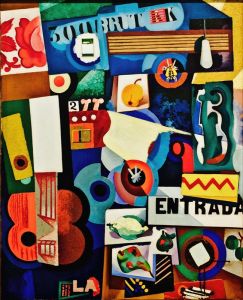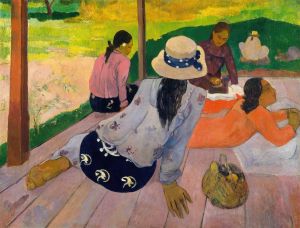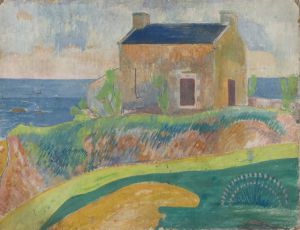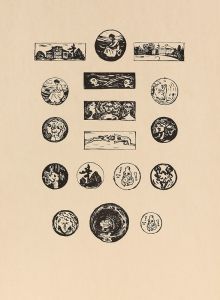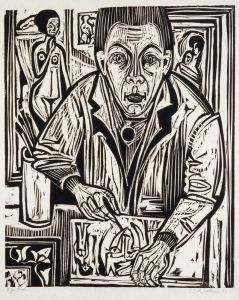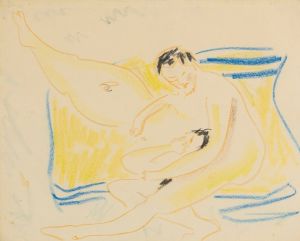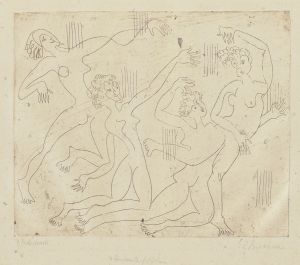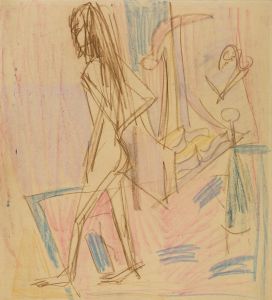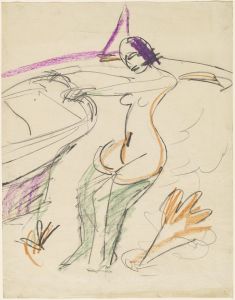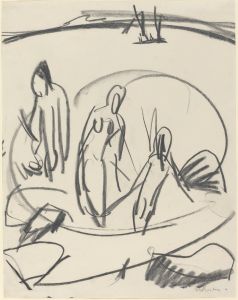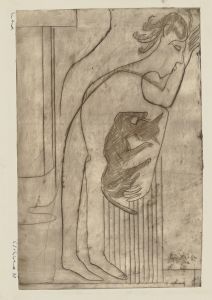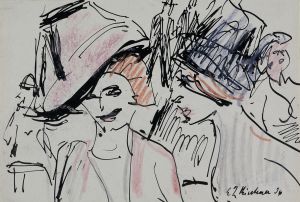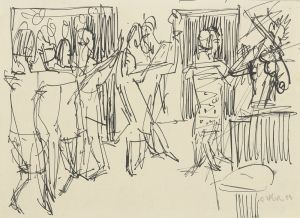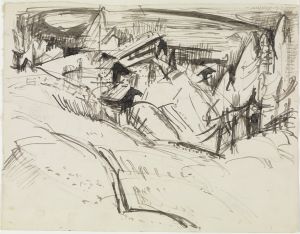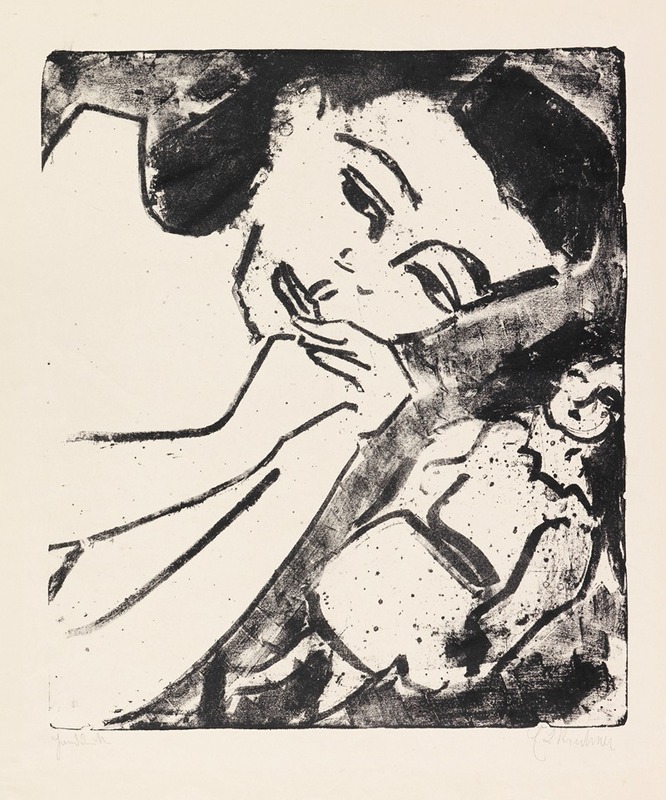
Fränzikopf mit Puppe
A hand-painted replica of Ernst Ludwig Kirchner’s masterpiece Fränzikopf mit Puppe, meticulously crafted by professional artists to capture the true essence of the original. Each piece is created with museum-quality canvas and rare mineral pigments, carefully painted by experienced artists with delicate brushstrokes and rich, layered colors to perfectly recreate the texture of the original artwork. Unlike machine-printed reproductions, this hand-painted version brings the painting to life, infused with the artist’s emotions and skill in every stroke. Whether for personal collection or home decoration, it instantly elevates the artistic atmosphere of any space.
Ernst Ludwig Kirchner, a prominent German expressionist painter and one of the founding members of the artist group Die Brücke, created the artwork "Fränzikopf mit Puppe" during a period marked by innovation and exploration in the early 20th century. Kirchner's work is characterized by its bold use of color, dynamic compositions, and a focus on the human figure, often exploring themes of modernity, urban life, and psychological depth.
"Fränzikopf mit Puppe" is a notable piece within Kirchner's oeuvre, reflecting his interest in the human form and the psychological interplay between figures. The painting features a portrait of a woman named Fränzi, who was a frequent model for Kirchner and other members of Die Brücke. Fränzi, along with her sister, was often depicted in various works by the group, symbolizing youthful vitality and a connection to nature, which were central themes for the expressionists.
In this particular work, Kirchner presents Fränzi's head alongside a doll, creating a juxtaposition that invites viewers to consider the relationship between reality and artifice. The use of a doll in the composition may suggest themes of innocence, childhood, or the contrast between animate and inanimate objects. Kirchner's style in this painting is marked by expressive brushwork and a vivid color palette, which are hallmarks of his approach to capturing the emotional essence of his subjects.
The period during which Kirchner created "Fränzikopf mit Puppe" was one of significant personal and artistic development. Die Brücke, founded in 1905, sought to break away from traditional artistic conventions and embraced a more spontaneous and direct form of expression. The group was heavily influenced by non-Western art, particularly African and Oceanic art, which is evident in the simplified forms and bold lines present in Kirchner's work.
Kirchner's art was also shaped by the rapidly changing social and cultural landscape of early 20th-century Germany. The rise of industrialization, urbanization, and the tensions leading up to World War I influenced many expressionist artists, who sought to capture the anxieties and dynamism of modern life. In "Fränzikopf mit Puppe," these influences can be seen in the tension between the human figure and the doll, as well as in the emotional intensity conveyed through color and form.
Throughout his career, Kirchner faced numerous challenges, including struggles with mental health and the impact of World War I. Despite these difficulties, he remained a prolific artist, and his work continued to evolve over time. "Fränzikopf mit Puppe" stands as a testament to Kirchner's ability to convey complex psychological and emotional states through his art.
Today, Kirchner is recognized as a key figure in the expressionist movement, and his works are celebrated for their innovative approach to form and color. "Fränzikopf mit Puppe" is an example of his ability to blend personal expression with broader cultural themes, making it a significant piece in the study of early 20th-century art. Kirchner's legacy continues to influence contemporary artists and remains a subject of scholarly interest and public admiration.





